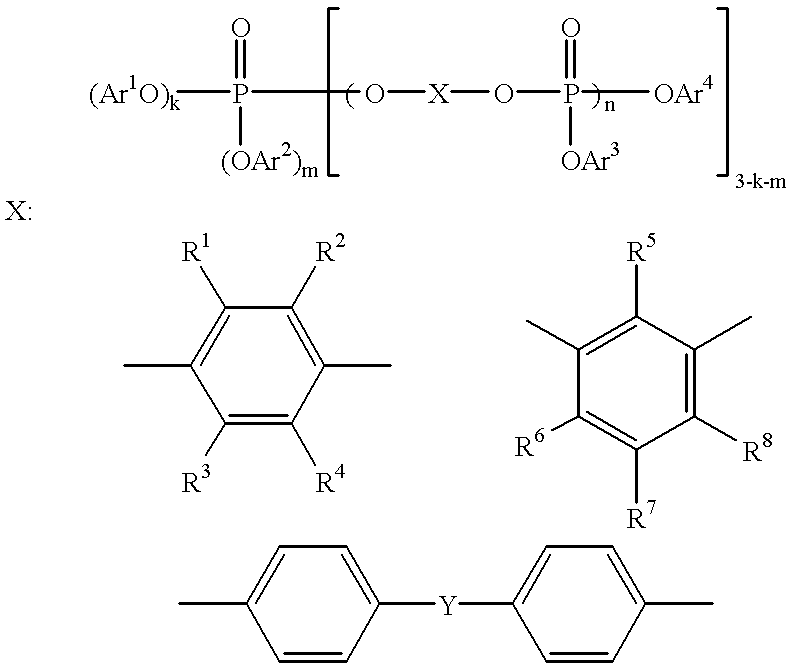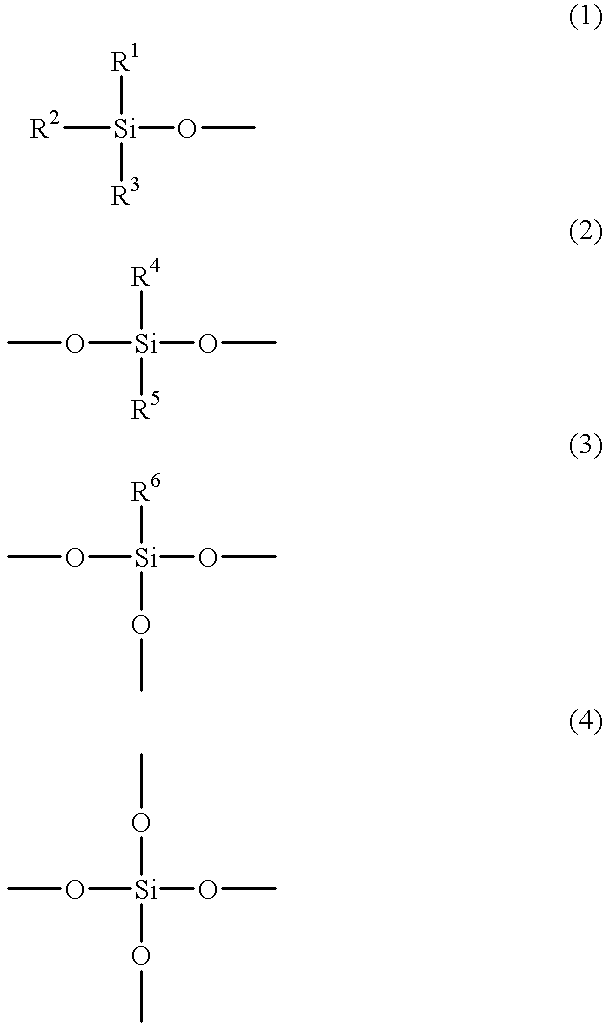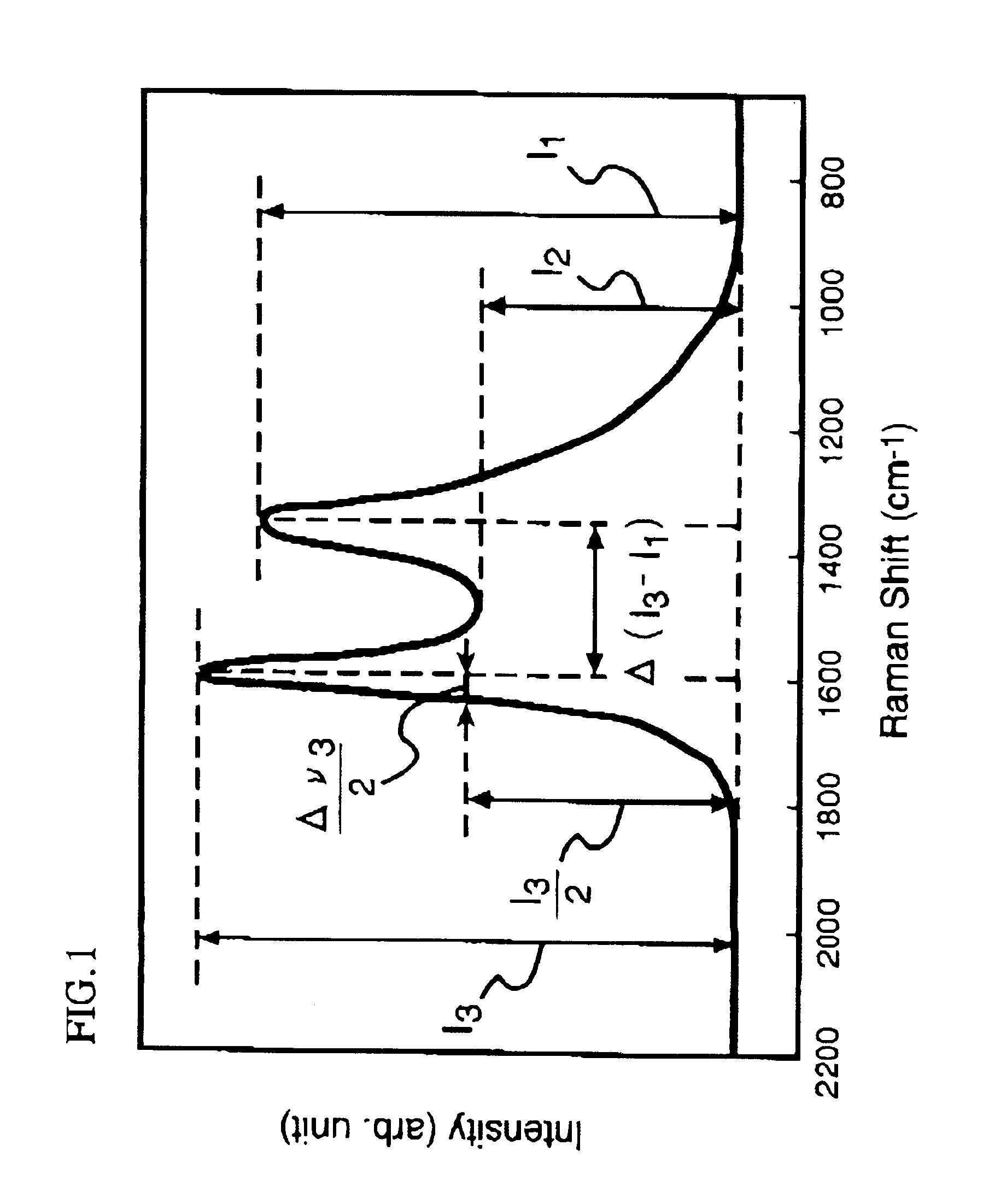Thermoplastic resin composition, molding material, and molded article thereof
a technology of thermoplastic resin and composition, which is applied in the direction of transportation and packaging, vehicle components, special tyres, etc., can solve the problems of affecting the appearance of molded articles, reducing the impact strength and moldability, and increasing the specific gravities of thermoplastics
- Summary
- Abstract
- Description
- Claims
- Application Information
AI Technical Summary
Benefits of technology
Problems solved by technology
Method used
Image
Examples
examples 1 , 2
Examples 1, 2, Comparative Examples 1, 2
Desired amounts of components [B] and [D], other components and a component [C] were sufficiently melted and kneaded and extruded by a double-screw extruder (the barrel temperature being 250.degree. C.) to prepare master pellets in which the components [B] and [D] were homogenized in the component [C].
Next, the master pellets dry-blended at a desired proportion were put in via a main hopper of a double-screw extruder (the barrel temperature being 250.degree. C.). While the well-kneaded melt was being extruded, the component [A] processed into chopped strands by using a sizing agent was put in via a side hopper so as to impregnate the component [A] chopped strands with various components including at least the component [C]. The resultant extruded resin-gut containing discontinuous component [A] was cooled, and then was cut into 5 mm by a cutter, thereby obtaining ordinary pellets.
The kinds and compounding proportions of the components are show...
examples 3-10
, Comparative Examples 3-7
Desired amounts of components [B] and [D], other components and a component [C] were extruded by a double-screw extruder (the barrel temperature being 250.degree. C.) to prepare master pellets in which the components [B] and [D] were homogenized in the component [C].
Next, while the master pellets dry-blended at a desired proportion were extruded in a well melted and kneaded state by a single-screw extruder (the barrel temperature being 250.degree. C.) into a crosshead die attached to a distal end of the extruder, the contimuous component [A] tow was sequentially supplied into the crosshead die to sufficiently impregnate the component [A] tow with various components including at least the component [C]. The crosshead die is a device for impregnating the component [A] tow with molten resin and the like while opening the fibers of the component [A] tow in the die. The resultant strand containing continuous component [A] tow was cooled, and then was cut into 7 ...
examples 11-14
First, desired amounts of components [C] were extruded by a double-screw extruder (the barrel temperature being 250.degree. C. in Examples 11 and 12, and 280.degree. C. in Example 13) to prepare blended resin pellets in which the plural components [C] were homogenized.
Next, components [B] and [D], other components and the blended resin pellets or the component [C] were extruded by a double-screw extruder (the barrel temperature being 250.degree. C. in Examples 11, 12 and 14, and 280.degree. C. in Example 13) to prepare master pellets in which the components [B] and [D] were homogenized in the component [C].
After that, while the master pellets dry-blended at a desired proportion were extruded in a well melted and kneaded state by a single-screw extruder (the barrel temperature being 250.degree. C. in Examples 11, 12 and 14, and 290.degree. C. in Example 13) into the crosshead die attached to a distal end of the extruder, the contimuous component [A] tow was sequentially supplied into...
PUM
| Property | Measurement | Unit |
|---|---|---|
| thickness | aaaaa | aaaaa |
| volume resistivity | aaaaa | aaaaa |
| wt. % | aaaaa | aaaaa |
Abstract
Description
Claims
Application Information
 Login to View More
Login to View More - R&D
- Intellectual Property
- Life Sciences
- Materials
- Tech Scout
- Unparalleled Data Quality
- Higher Quality Content
- 60% Fewer Hallucinations
Browse by: Latest US Patents, China's latest patents, Technical Efficacy Thesaurus, Application Domain, Technology Topic, Popular Technical Reports.
© 2025 PatSnap. All rights reserved.Legal|Privacy policy|Modern Slavery Act Transparency Statement|Sitemap|About US| Contact US: help@patsnap.com



